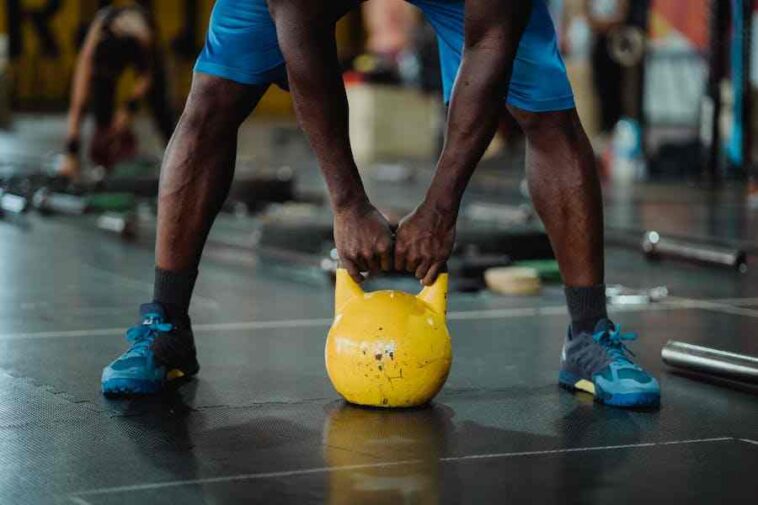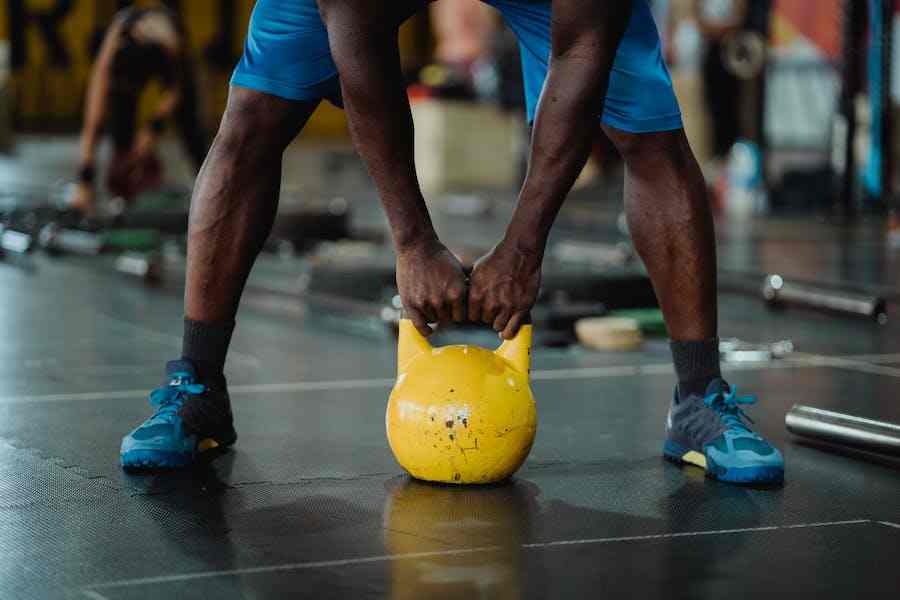Moving can often stir up a mix of emotions, from excitement about new beginnings to the stress of packing and transporting your belongings. Amidst this whirlwind, safeguarding your body during the moving process becomes paramount. Proper posture and lifting techniques are essential tools to overcome your anxiety about potential injuries. This article is designed to guide individuals of all ages through the steps necessary for protecting themselves physically while navigating the complexities of a move. Here, we will explore strategies that ensure your health and well-being remain a top priority throughout this significant life change.
The Risks Of Improper Lifting: Safeguarding Your Body During The Moving Process
The risks associated with improper lifting techniques cannot be overstated, as they frequently lead to a broad spectrum of injuries that impact individuals’ health and well-being. These injuries range from mild strains and sprains to more severe conditions such as herniated discs, chronic back pain, and irreversible joint damage. Such outcomes severely impede one’s ability to perform daily activities, potentially leading to long-term disability or a significant decrease in quality of life. It’s imperative to understand that these risks are not confined to the immediate aftermath of the lifting activity but can evolve into enduring health challenges. Recognizing the potential for harm is the crucial first step in mitigating these risks. This awareness empowers individuals to adopt safer lifting practices, emphasizing the importance of proactive measures to prevent injury during physically demanding tasks.
Understanding the Basics of Good Posture
Understanding the basics of good posture is fundamental to preventing injuries and maintaining overall health, especially during physical exertion. Good posture is more than just standing straight; it’s about aligning the body in a way that optimally distributes weight and reduces undue stress on muscles, bones, and joints. This alignment is essential for minimizing the risk of injury, facilitating efficient movement, and enhancing physical stability and strength. Interestingly, good posture is also linked to yoga practices for spiritual awareness, demonstrating its importance beyond physical health. Maintaining correct posture during lifting and moving not only safeguards your physical well-being but also contributes to overall mental and spiritual balance.

Core Principles of Safe Lifting Techniques
The core principles of safe lifting techniques are foundational to preventing injuries during the moving process. These principles begin with a thorough assessment of the item to be moved, considering factors such as weight, size, and the best method for handling. Establishing a proper stance is critical, with feet positioned shoulder-width apart to ensure a stable base. It’s important to keep the load close to the body’s center of gravity, bending at the knees—rather than the waist—and using the legs’ strength to lift. This method significantly reduces the strain on the back and helps maintain balance. Moving slowly and with purpose, avoiding sudden or twisting motions, is also crucial for safety. These strategies are essential for handling objects safely, preventing unnecessary strain, and protecting against injury.
Special Considerations for Different Age Groups
Special considerations for each age group are crucial during the moving process. Young adults should use this time to strengthen and master safe lifting techniques. This groundwork is invaluable for their future. Middle-aged folks must accept that their physical strength may not be what it once was. A more careful approach is necessary to prevent injuries. For older adults, safety is paramount. They should use tools and seek help when needed. Everyone needs to heed their body’s warnings. Know when to rest or adjust your moving methods to avoid pushing too hard.
Tools and Equipment to Assist with Moving
Using the right tools and equipment eases the strain of moving. Dollies, hand trucks, and furniture sliders are key for moving heavy items safely and efficiently. Dollies make moving large items or appliances easier. Hand trucks are perfect for moving stacked boxes or taller items. Furniture sliders let you move heavy objects across floors without lifting. These tools make the moving process quicker and reduce the physical burden. They help make moving a task that’s more manageable for everyone involved.
The Role Of Professional Movers In Safeguarding Your Body During The Moving Process
Engaging professional movers is not just about convenience; it’s a strategic decision to safeguard your body against the rigors and risks associated with moving. The expertise and efficiency these professionals bring to the moving process are invaluable. They are trained to handle heavy lifting, and awkward items, and navigate tight spaces without injury, which significantly reduces your risk of strains, sprains, or worse. Their methodical approach ensures that your belongings are safely transported, while you are spared from the physical strain and potential harm. For example, Van Express Moving, vanexpressnj.com, is one such resource. The website’s content is designed to make relocating easier. Also, they can facilitate someone’s move with their presence and engagement to make the process stress-free.
Practical Exercises to Strengthen Your Body for Moving
Preparing your body for the physical demands of moving is critical to avoiding injuries. Exercises that target the core, legs, and arms, such as squats, lunges, deadlifts, and planks, are particularly beneficial. Squats and lunges enhance lower body strength, crucial for lifting heavy items correctly. Deadlifts engage the back, core, and leg muscles, mirroring the lifting motion used during moving. Planks strengthen the core, providing the stability needed for carrying items.
Recovering from the Physical Demands of Moving
After the strenuous activity of moving, focusing on recovery is essential for your physical well-being. Engaging in rest, hydration, and relaxation techniques such as stretching or gentle yoga can aid in alleviating muscle soreness and fatigue. Using foam rollers on tight muscles can also speed up the recovery process. If pain persists beyond normal soreness, consulting a healthcare professional is advisable to address any potential injuries. Additionally, for those eligible, exploring opportunities to get a free gym with Medicare can provide access to resources that support recovery and ongoing physical health, ensuring you remain active and reduce the risk of future injuries.
Final Words
Safeguarding your body during the moving process is paramount to ensuring a safe and efficient transition. When employing proper techniques, utilizing the right tools, and leveraging professional services, you can significantly reduce the risk of injury. Adopt the outlined strategies, from strengthening exercises to post-move recovery practices, to protect your well-being. Preparing your body and mind for the demands of moving is key to a successful relocation.





